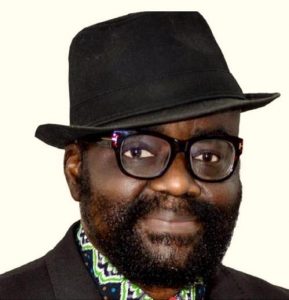Twins install ‘living wall’ at Target Field


MINNEAPOLIS — After this particularly harsh winter in the north, Minnesota’s ballpark has been fully activated for spring.
More Twins coverage
The wall behind center field sure came alive. Why, yes, it’s actually growing.
After several dead-end attempts to create both a playable backdrop for batters and an aesthetically pleasing surface, the Twins have arrived at what they believe is the final solution: a living wall.
Approximately 5,700 sea green juniper plants have been installed in a series of one-gallon trays, stretching from the elevated grass berm where home runs to straightaway center land all the way up to the limestone facade beneath the second deck at Target Field. The living wall, which is 2,280 square feet, will be the first of its kind in the major leagues and one of the largest in the country.
“Hopefully everybody in the organization will bat .400 this year,” said George Irwin, the founder of Green Living Technologies International, the company that designed the system.
When the ballpark opened to rave reviews in 2010, one of the most popular features among fans was the row of 14 black spruce trees that stood behind center field. The problem was they swayed with the wind and cast shadows in the late-afternoon sun in distracting ways to batters, and the complaints of Twins players prompted their removal after just one season . Most of them were donated to state parks, with a couple of them planted near the employee parking lot.
The wall that’s now covered by a consistent, stationary background of plants, loosely resembling the ivy at Wrigley Field in Chicago, was initially painted with semi-gloss paint that proved to be too reflective.
Flat green didn’t work. Neither did flat black. Then the Twins used an aluminum honeycomb-style material used to make aircraft bodies that needed to be re-angled so the top didn’t glow as much. Finally, after the wear and tear of Minnesota weather and batted balls, the Twins decided the time was right for new surface.
“Our owner Jim Pohlad has always been challenging us to come up with something that’s a little more soft or natural looking, and that’s where this process came from,” Twins senior vice president for operations Matt Hoy said.
The junipers, which were planted in January by a wearing crew heated suits, will be removed each fall and stored in a greenhouse for winter. They’ll be self-irrigated by Target Field’s rainwater recycling system. To satisfy sustainability goals there’s not supposed to be runoff. The plants will only need water every week or two.
Be on the lookout for more information soon with our “What’s Cool @ Target Field presented by Carrier” digital series.







